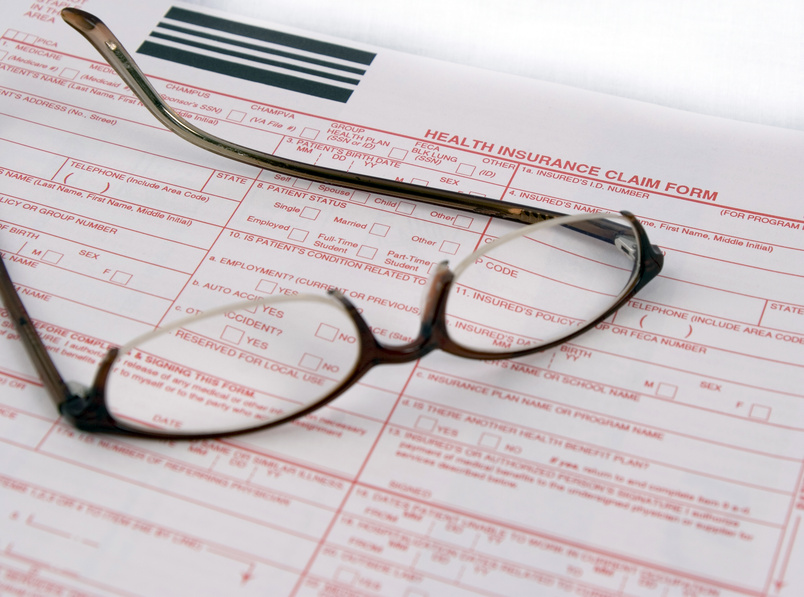 The Internal Revenue Service is trying to explain just how cafeteria plans and health reimbursement arrangements affect whether a worker is getting access to ”affordable” health coverage.
The Internal Revenue Service is trying to explain just how cafeteria plans and health reimbursement arrangements affect whether a worker is getting access to ”affordable” health coverage.
The IRS rules could affect whether employees have a legal right to shun employer coverage, seek subsidized coverage from a Patient Protection and Affordable Care Act, and expose employers to the risk of having to pay thousands of dollars in fines.
The IRS has given its thoughts about how employer contributions to cafeteria plans and HRAs affect official PPACA health benefits affordability in a new batch of final PPACA coverage mandate penalty regulations. The IRS based the final regulations on draft regulations released in January.
PPACA calls for many individuals to have minimum essential coverage or pay a “shared responsibility” penalty. The law also requires what it defines as large employers to offer full-time workers access to affordable health coverage with minimum value. If a large employer fails to offer full-time employees affordable coverage with minimum value, and the employees get subsidized coverage through a PPACA public exchange, the employer may have to pay significant penalties and go through a complicated process to calculate the penalty payment amount.
PPACA established the MEC rules by adding Section 5000A to the Internal Revenue Code. Another PPACA-related IRC addition, IRC Section 36B, determines when exchange plan users can qualify for the PPACA premium assistance subsidy tax credits.
In addition to addressing questions about IRC Section 125 cafeteria plans and HRAs, the IRS has used the new regulations to deal with matters such as hardship exemptions, the status of government health programs for the poor, and the relationship between anti-tobacco-use program incentives and group coverage affordability.
When employers are calculating affordability, they normally must assume that the wellness program enrollees will resist any efforts to improve their health. Employers must assume that the employees will fail to get flu shots or fill out wellness questionnaires, and that the obese employees will fail to diet. In the new final regulations, the IRS says employers can include financial incentives for going through anti-tobacco-use programs in affordability calculations. In other words: If smokers can earn a 10% discount by going to anti-smoking therapy sessions, an employer can assume smokers will earn the 10% discount when calculating whether the smokers' health coverage is affordable.
The health account provisions may have a bigger effect on everyday operations.
For a look at some of what the IRS said about health accounts, read on.
 1. Health insurers need not be health account nannies.
1. Health insurers need not be health account nannies.
In some cases, the IRS said, employers must run cafeteria plans or HRAs in a certain way if they want to include contributions to the accounts in PPACA coverage affordability calculations.
One commenter asked the IRS not to require the health insurance issuers to determine whether employers are running their health account programs correctly.
The IRS said it's not trying to turn insurers into health account program nannies.
“Neither the proposed regulations under sections 36B or 5000A nor the final regulations impose these requirements on health insurance issuers,” officials said in a preamble to the final regulations.
 2. If a worker can use a cafeteria plan only to pay for MEC and other medical expenses, then an employer can include its contributions to the cafeteria plan in coverage affordability calculations.
2. If a worker can use a cafeteria plan only to pay for MEC and other medical expenses, then an employer can include its contributions to the cafeteria plan in coverage affordability calculations.
Workers may like having the flexibility to choose whether to use the employer-provided money in a cafeteria plan to pay for benefits other than medical benefits, but IRS officials say only the amounts that must be spent on medical expenses can factor into coverage affordability.
“If an employee's use of nontaxable employer contributions to a cafeteria plan is not limited to medical expenses, then it cannot be assumed that the employee will use the contribution for purchasing minimum essential coverage,” officials said.
3. If an employer contributes to an HRA, that money can go into the PPACA coverage affordability calculations.
A worker with an HRA might want the flexibility to use the money to pay premiums, deductibles or coinsurance amounts rather than premiums.
If an employer lets the worker spend the money only on “cost-sharing” amounts, not on premiums, the HRA money can be used to determine whether a plan provides coverage with a minimum value, but it can't be used in affordability calculations, officials said.
Officials noted that the new regulations follow the model the IRS set when it developed similar regulations for the IRC Section 36B PPACA premium subsidy tax credit program.
© Touchpoint Markets, All Rights Reserved. Request academic re-use from www.copyright.com. All other uses, submit a request to [email protected]. For more inforrmation visit Asset & Logo Licensing.






